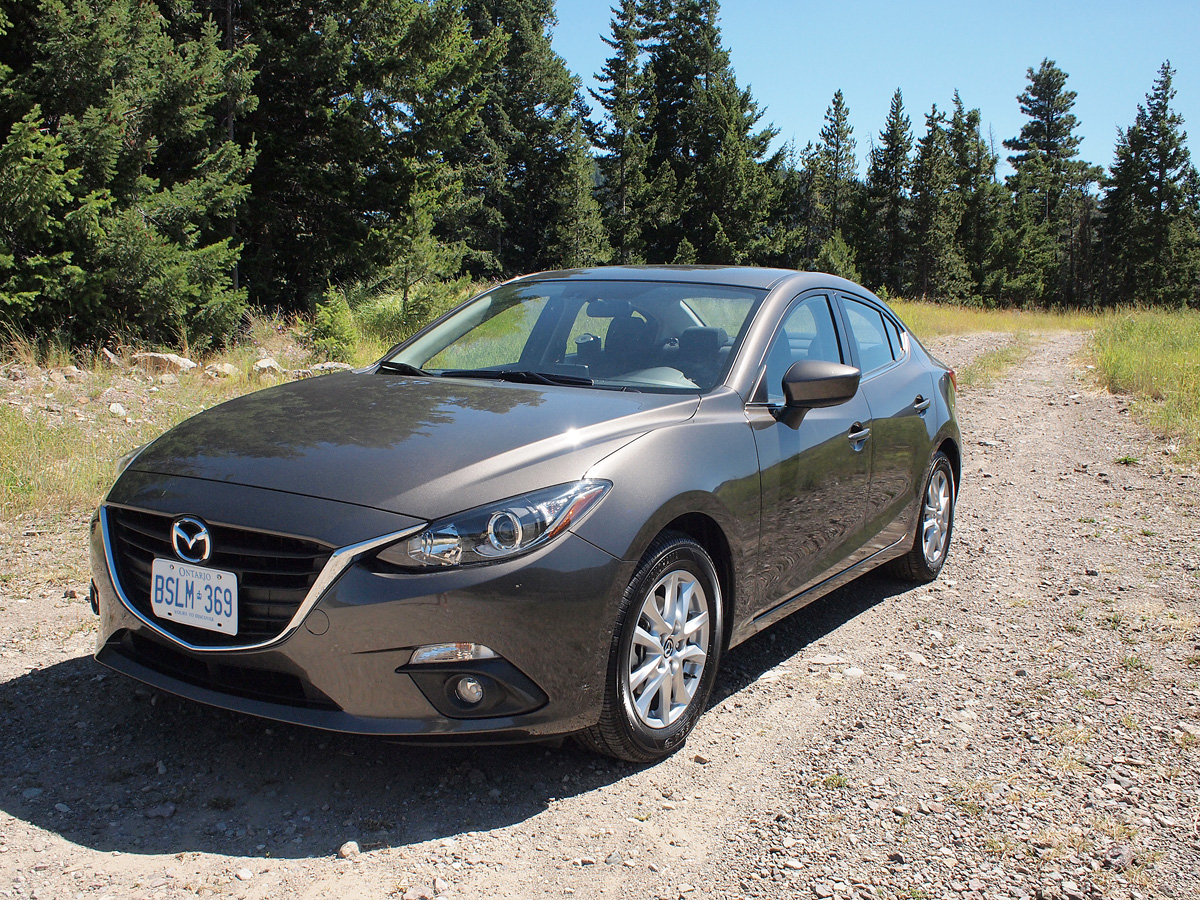Five simple driving tips to increase fuel economy


Summer is officially underway, which means motorists are taking to the highways and byways in increasing numbers to get to their next warm weather destination. More driving invariably leads to more fuel being consumed, but you can soften the blow by following five easy driving tips.
1. Gently does it
Simply put, the more aggressive you are with the throttle when taking off from a stop, the more gasoline you will use. According to Natural Resources Canada (NRcan), count to five when accelerating from 0 to 20 km/h, and in a manual transmission vehicle shift between 2,000 and 2,500 rpm to maximize fuel efficiency. A trick NRCan recommends is to visualize an egg under the pedal and a cup of coffee on the dashboard. Drive in a manner that won’t crack the shell or knock the drink over.

2. Steady as she goes
Try to avoid drastic changes in speed when you’re on the road. Evidence shows that varying speed between 75 and 85 km/h every 18 seconds can impact fuel use to the tune of a 20 per cent increase. Cruise control can help keep a steady velocity, especially on the highway. One exception to the rule is hilly terrain — drop your speed slightly when going uphill, and allow gravity to assist you during downhill portions.
3. Weight loss
We all store unnecessary things in our cars, from old sports equipment to a case of bottled water leftover from last month’s camping excursion. Lose the extraneous items to save on gas. The Canadian Automobile Association says for every 45 kilograms of extra weight carried, fuel consumption increases up to two per cent. Is there a rack installed on your roof that isn’t being used? Remove it to save weight and mitigate aerodynamic drag.
4. Proaction, not reaction
In tip number two, we suggest avoiding variations in speed to conserve gas. To do so, one needs to be able to read traffic so that sudden stops and quick starts can be kept to a minimum. Always look ahead to see what’s coming up, and be cognizant of pedestrian’s and other driver’s movements in order to slow down well in advance and maintain a steady flow.

5. It’s a plan
Planning really is the key to success. In a day where you have a list of errands to run or activities to get to, attempt to find a block of time where everything can be done at once while the engine is warm and most efficient, rather than doing several cold starts. Also plot your route in a logical manner where you don’t have to double back on any parts of the trip.

